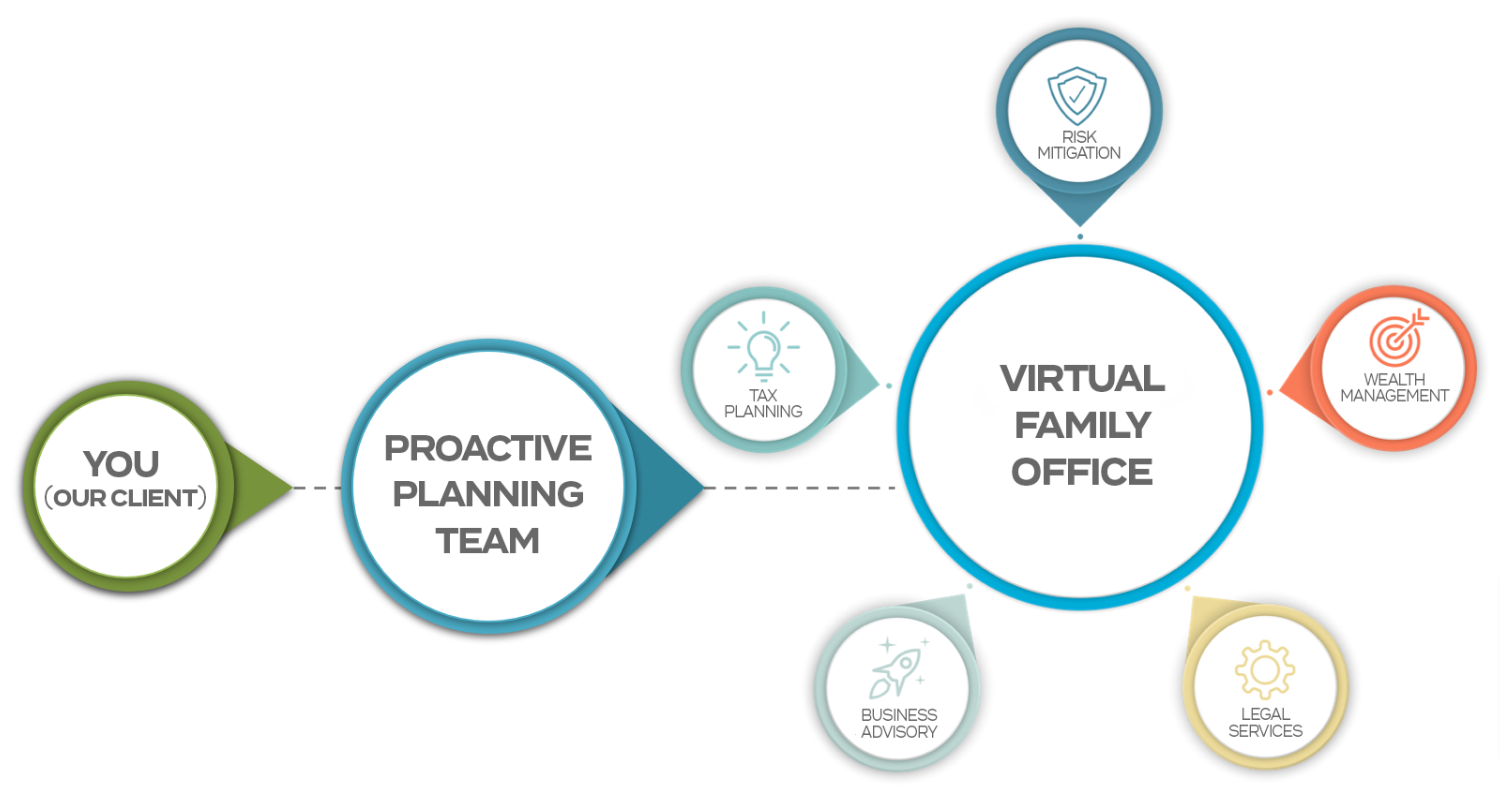Dale Hammernik Reveals How to Catch Your Prospect in 8 Seconds (or Less)
In the midst of all of this world chaos, hopefully, you’re still recognizing the need to market your services aggressively.
The best way we in the Waukesha County area can be “prepared” for whatever comes is having a healthy, cashflowing business.
But consumers and buyers are affected by everything around us, and despite the recent rash of ice-bucket-induced generosity (which is WONDERFUL, in my opinion), they’re still holding onto their purse strings pretty tightly these days…
So it will take good work to get them to make purchases and for you to make more sales.
What I’ve learned from my marketing friends: it all starts with you how begin.
The headline. (You do have those in your marketing, yes?)
So… I’ve collected some tips on writing great headlines, and it’s the subject of this week’s Business Strategy Note.
Before we go there, pardon me for a brief, tax-related interruption
:
1) Corporate taxes on extension are due 9/15.
We should have already corresponded about this if it affects you.
2) Quarterly tax payments also due on 9/15. I know, ugh.
3) Prepare for the upcoming tax season, by making sure you will have these documents ready:
• Gross receipts
: Cash register tapes, bank deposit slips, receipt books, invoices, credit card charge slips and Forms 1099-MISC
• Proof of purchases
: Canceled checks, cash register tape receipts, credit card sales slips and invoices
• Expense documents
: Canceled checks, cash register tapes, account statements, credit card sales slips, invoices and petty cash slips for small cash payments
• Documents to verify your assets
: Purchase and sales invoices, real estate closing statements and canceled checks
Now, onto those headlines…
Dale Hammernik Reveals
How to Catch Your Prospect in 8 Seconds (or Less)
“The creation of a thousand forests is in one acorn.” – Ralph Waldo Emerson
Here’s the truth: most readers or listeners take 8 seconds or less to decide whether to stick around or move on to the next thing. Just 8 seconds — that’s all the time you have to convince them YOUR piece is where they want to stay for a bit.
It doesn’t matter how well-designed your marketing piece is… or how amazing your product.
If you don’t GRAB your prospect’s attention right away, they’re going to leave and probably never return.
Of all the words in your piece, the most important are the ones in your HEADLINE.
Your headline is the first thing your prospects see or hear (I hope you see that this applies to items outside of print marketing as well). It needs to capture their attention — spark their curiosity– and compel them to engage further. And it has to do it fast.
So I’ve collected three keys to great headlines…which will help you make more sales. Again, I don’t pretend to be a guru. These are suggestions which I’ve pulled together from some of the best marketing minds out there.
Rule #1: RELATE A PROBLEM
Most prospects, especially if you target them properly, are looking for information — probably in relation to a problem they want to solve.
Maybe they’re curious about local flight schools in their area. Maybe they’re wanting molded chrome fenders to put on a 1953 Chevy Bel-Air. Or maybe they’re trying to figure out how to “unshrink” wool clothes that accidentally ended up in the dryer.
Whatever their problem is, relate to it. Show them YOU know what it’s all about. Demonstrate a clear and genuine understanding of their wants and needs — and they’ll be far more willing to buy from you.
Rule #2: PRESENT A SOLUTION
You’ve described a problem. Now you’ve got to solve it — in a way that creates a powerful image in the mind of your prospects.
Tell your prospects they’re about to discover how to get the most qualified flight instructors at the lowest price in town. Describe how their new chrome fenders will help them outshine the competition at the next state-wide car show. Promise them their wife or girlfriend will NEVER know her favorite sweater once shrank small enough to fit a chihuahua.
Get them to envision the end result — and you’re more than halfway to making the sale.
(NOTE: “How to…” and “Discover…” headlines are good at getting people to imagine the end result.)
Rule #3: FOCUS ON BENEFITS — NOT FEATURES
People aren’t so interested in what your product or service is. They want to know what it does.
Specifically, they want to know what it’ll do for THEM.
Tell them they’ll get the real “inside scoop” on the flight school scene — because they’ll be learning it from someone who’s been a pilot in the area for more than 30 years. (Provided that’s true, of course.)
Have them imagine the honks, smiles, and admiring glances their car will get every time they drive it down the road. Describe the relief they’ll feel when they know they’re back in their wife or girlfriend’s good books.
Remember the most important question that’s on all of your prospect’s minds — “What’s in it for ME?” — and make sure you answer it.
Once you’ve written a few different headlines, TEST THEM. Run them for a couple of weeks, then compare the results against other headlines. Then, tweak them and test them again!
You may have to do this a few times before you hit on one that consistently yields great results — but it’s definitely worth the effort.
Feel very free forward this article to a Waukesha County business associate or client you know who could benefit from our assistance — or simply send them our way? While these particular articles usually relate to business strategy, as you know, at Hammernik & Associates we specialize in tax preparation and planning for Waukesha County families and business owners. And we always make room for referrals from trusted sources like you.
Warmly (and until next week),
Dale Hammernik
(414) 545-1890
Hammernik & Associates
The post Dale Hammernik Reveals How to Catch Your Prospect in 8 Seconds (or Less) appeared first on Talking Tax to Milwaukee.
See More Blog Posts







